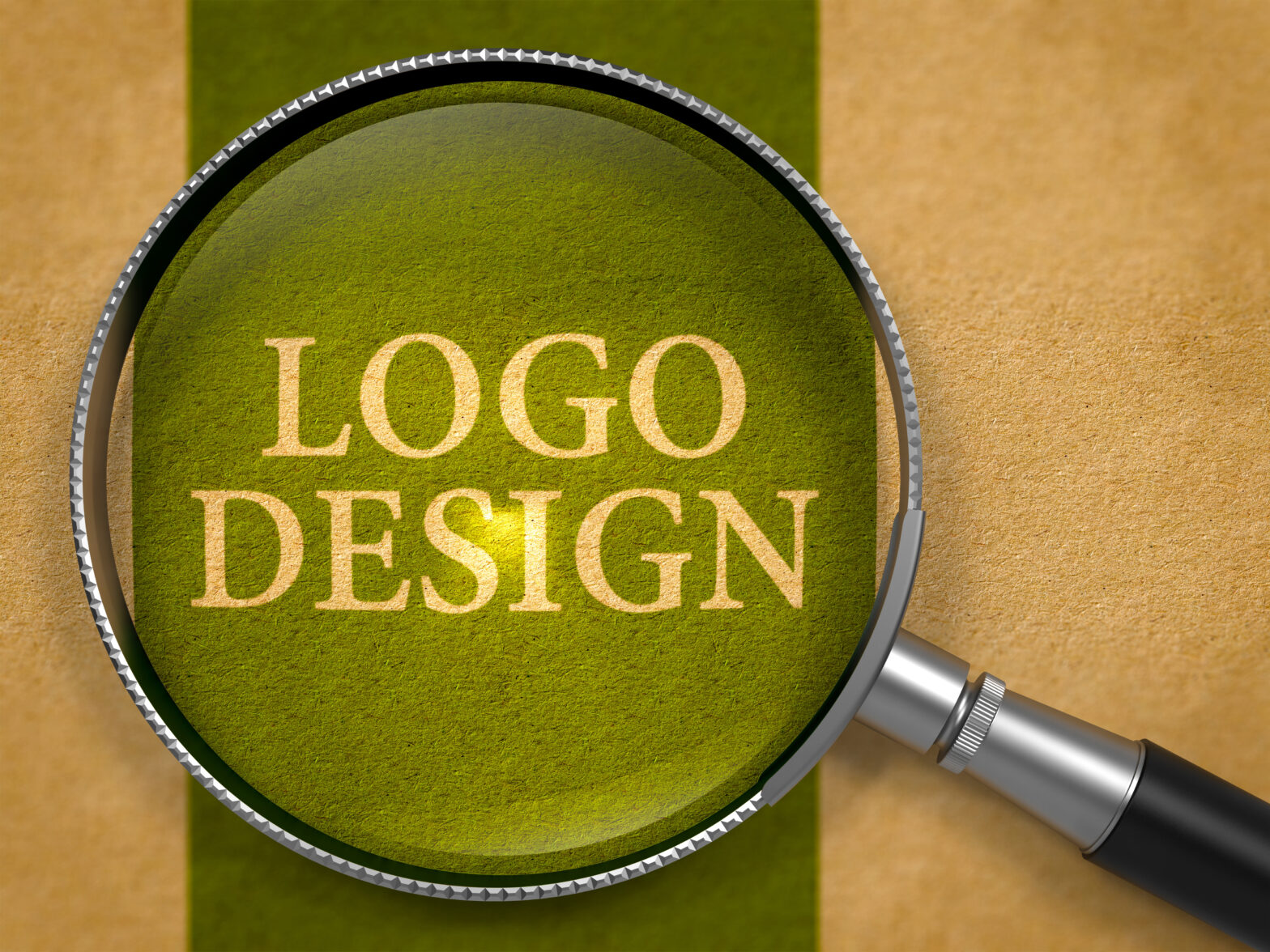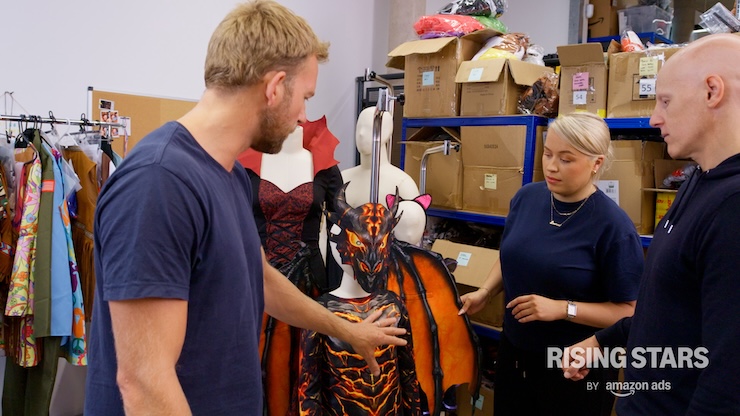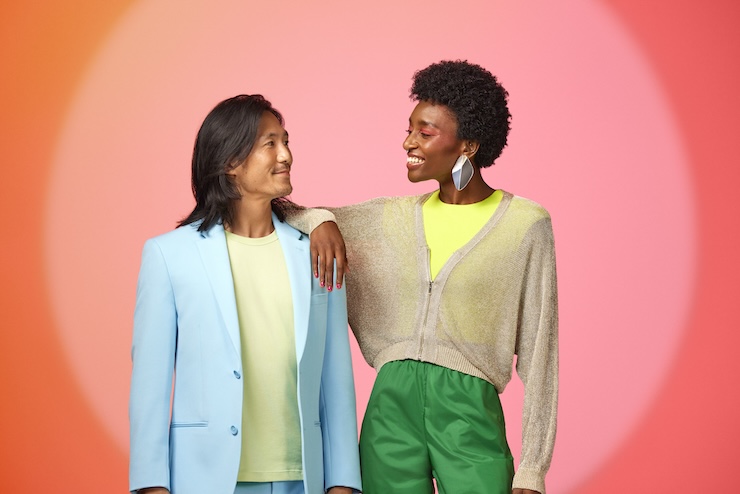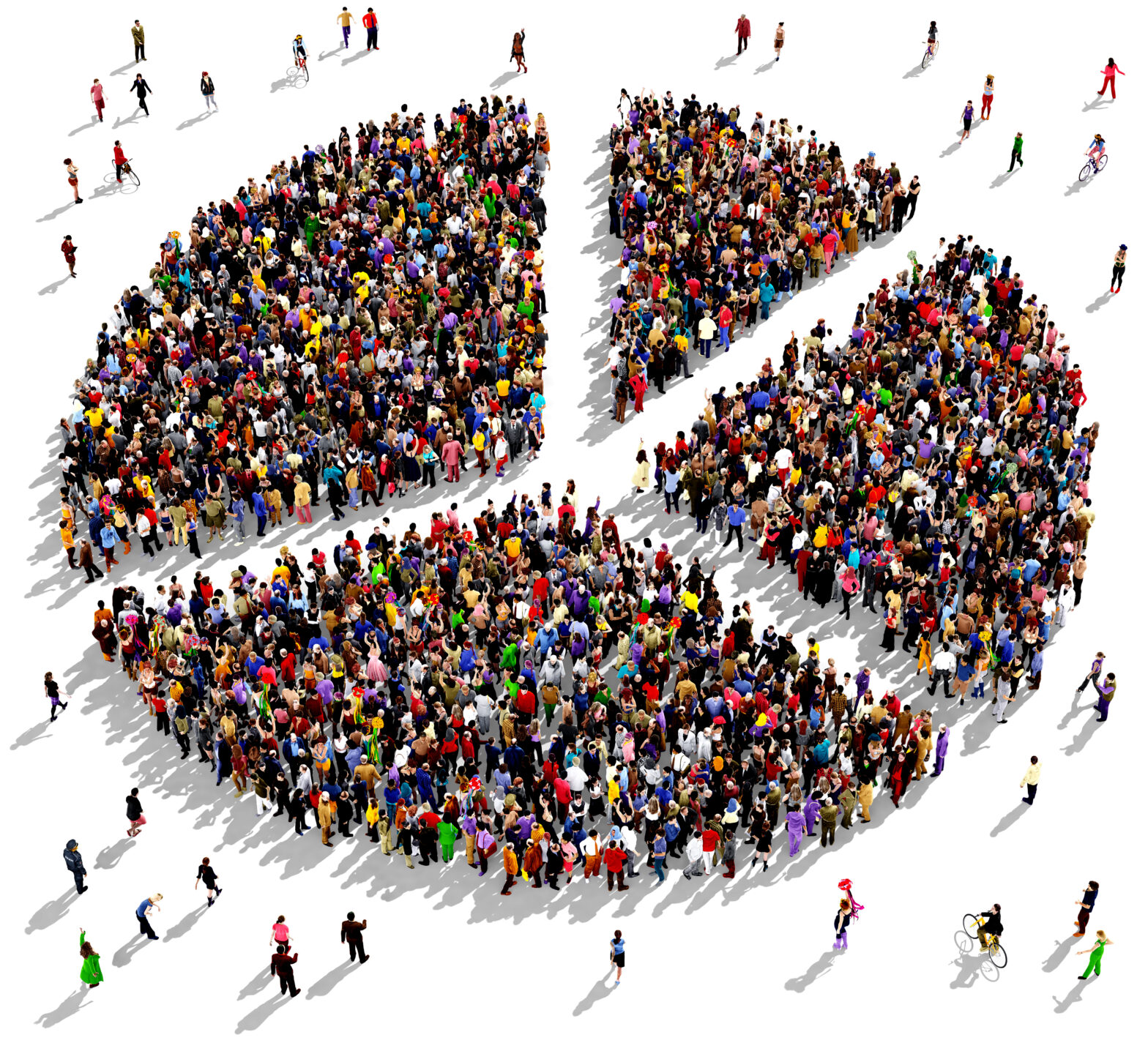Each day we are bombarded with marketing messages and often we think that these designs are simply an aesthetically-pleasing accompaniment to a company’s name. However a logo is far more than this. It is a tool that communicates a brand’s message in an instant. Marketers know that each logo is carefully curated to create an emotional attachment between brand and buyer. Think about one of the world’s most recognisable logos, the Nike ‘swoosh’, do customers wear this emblazoned on their t-shirts, trainers and jackets because the love the shape? Or because they identify with the lifestyle the brand is promoting?
See also: Six tips for choosing the right logo design service for your business
Logos are chosen carefully to instil trust in the audience, and rebranding must be done so with great care. Changing a company logo can be a treacherous task as the identity the company has built for years changes and leaves the audience wondering why the company they have invested in has suddenly abandoned them.
However, thanks to the rise of digital platforms logo designers have been forced to rebrand more than ever before in order to accommodate the different channels we engage with brands on. This has left consumers in a tail spin over the emotional connection that has been cultivated for years suddenly disappearing. It’s safe to say that as a society, we certainly don’t like change. So, what has the rise of digital meant for logo design in recent years?
Mastercard
Pentagram partners Michael Bierut and Luke Hayman have created a new visual identity for global finance brand Mastercard, which aims to retain its 50-year-old familiarity while making it more digital. The logo is currently used across more than two billion users globally, meaning the designers has to read carefully so as not to alienate their customers.
The new visual identify keeps the original overlapping circles, but the look has been optimised to work with the digital age. Today more than ever we bank online and logos must transcend media channels seamlessly.
The Pentagram team researched the design and discovered thanks to Mastercard’s consistent design over the last 50 years the logo is still recognisable without the words. This is hugely important to the success of the rebrand. Original customers will still trust the brand, but the younger demographics will not be alienated by an out-of-touch design. Bierut explains the change: ‘There was a need to come up with something suited to the virtual world but which still conveyed the trust and gravitas of a financial institution with 50 years of history.’
Co-op
Another well-known brand who has adopted the digital design trend is The Co-Operative Group. This pillar of British society has been a family favourite since its launch in 1814. Thanks to the brand’s age and presence in the market, the brand had to tread carefully before deploying their new millennial logo.
The brand has achieved this by echoing their ‘four leaf clover’ logo of the past. In doing this, the design reminds long serving customers of their roots whilst so as not to disaffect them. However, the design is modern enough to ensure The Co-op can stride into the future, engaging a new generation of customers with a thoroughly modern design.
- The new typeface will work seamlessly across all touch points; digital and traditional
- The flat, sans-serif design works in the same way as MasterCard’s new logo. It is scalable across all screens, perfect for the way consumers transcend devices today.
- Blue has been used liberally in branding across financial and technology industries. The colour connotes stability and mirrors the brand’s values, steeped in trust and consistency.
Future of logo design
Thanks to the increasingly digital world we live in, it seems likely that there will be many more rebrands to land in the near future as brands struggle to retro-fit their non-scalable logos into our modern devices. One way to combat the negative impact this has on consumers is to take to social media to discuss the upcoming changes. Netflix calmed their audience’s panic by assuring them via Twitter that their supplementary icon, was just that, and certainly not a rebrand!
Suzanne Vallance works for logo design company www.repeatlogo.co.uk.





